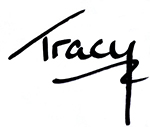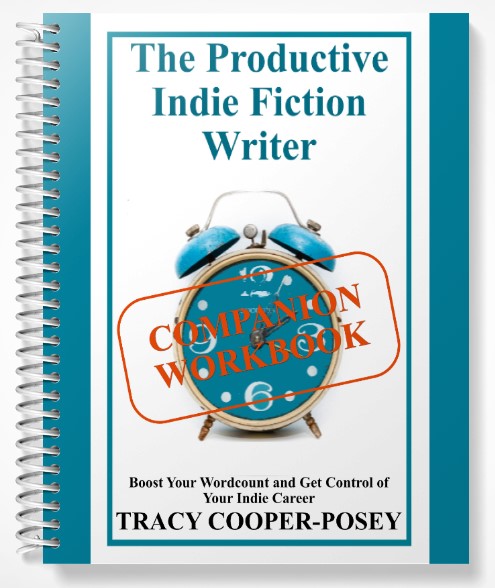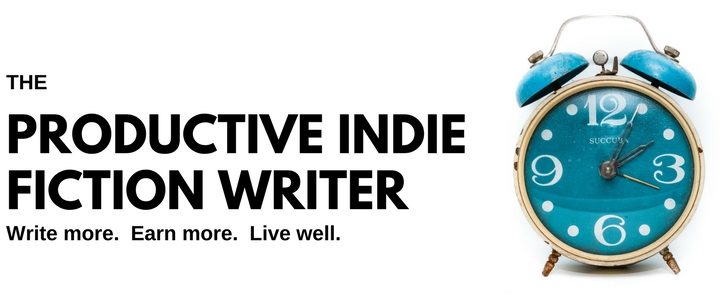
As you saw last week, I’ve been having health issues. Still. It’s an ongoing, nearing-chronic problem that has kept me from the desk for weeks, and I’m still not putting in what I consider a full day’s work, even as I write this post.
I haven’t written any fiction for nearly four weeks. I can only sit at the desk long enough to get the essential administration and pre- and post-production tasks done on books that are coming up for release.
But here’s the thing: None of my yet-to-be-written books are in danger of missing their release date. Not yet.
Because I’ve got time up my sleeve.
Build a safety net into your production schedule
I’ve spoken about this in the past, but these last few weeks have brought the practice sharply into focus for me. And I’m so thankful I do this.
So let me explain.
As an indie author, your books have three natural phases:
- Pre-Production
- Principal Production
- Post-Production
Pre-Production
This phase includes any work you do prior to sitting down and actually plotting and writing the book. It starts the moment you put the tentative title on your release schedule. It including concept work, opening a folder for the book on your hard drive, noodling around ideas, research, adding the start date to your calendar, etc.
Principal Production
This is the plotting + writing phase. Or just writing, if you’re a pantser.
Post-Production
Everything that happens after you write The End on the first draft. Editing, formatting, cover work, marketing, uploading to retailers, launching. And more, depending on how you launch books.
Post-production is the key
You should not aim to make your post-production period as short as possible. In fact, you should do the opposite: You should work to make the post production period as long as you can.
My ideal post-production period is 180 days. Yes, six months. If I have to, I can publish a book in three hours and most of those three hours is waiting for the retailers to release them on their bookstores. But I would prefer to have the 180 days to do that.
I get the newly finished book up on pre-order as soon as possible after I’ve finished it, using the unedited manuscript for a dummy file. This gives me an invaluable asset: The book is there on the retail sites, with clickable links I can provide in marketing and promotion, and when talking about the book.
[Note: I do NOT put up pre-orders until I have the manuscript finished. It saves me heart attacks and having Amazon pissed at me if I have to move a release date.]
And that’s not all.
When you have six months up your sleeve, you can slow down and take your time, finesse the details, and take pressure off yourself.
With a long post-production period, you can take advantage of promotion opportunities for your new title that most indie authors cannot. Informing booksellers of a new title coming up in six months’ time lets them fold it into their own marketing efforts. Kobo books, for example, has a form you can fill in to advise them of a new title for their marketing—but they need at least three months’ notice.
If you court the traditional venues for reviews, such as Kirkus, or Publisher’s Weekly, that six months will be invaluable.
If your cover artist and editor has a long work queue, that six months will take pressure off all of you—they can do their best on your book when they get to it and you won’t be faint with the stress of waiting for the cover and edits to come back. And if there are any issues that require reworking, the six months’ post-production gives you time to handle such snags.
I am constantly working to build up my post-production phase for all these reasons and for one more:
When you can’t write—for whatever reason—that delay between writing and releasing will save your ass.
It just saved mine.
I had built back up to (it’s cyclic) 15 weeks post-production before all these health issues sideswiped me.
I’ve used up several weeks of that 15 week delay and now I’m down to around seven weeks post-production. I’ll know more precisely when I examine my production schedule once I’ve done this post. It could be less.
Four weeks is my absolute minimum, because I have to get the book out to my review Street Team three weeks before release so they have time to read it before the release date.
Even that four weeks isn’t written in iron. If I had to dump the four weeks, I could—the Street Team could always review after the release. And as I sleep with my editor, I know I could sweet talk him into editing in one day.
After releasing a book or two, you will also know what your minimum post-production period needs to be. If your editor needs four weeks’ notice and your cover artist takes three weeks to produce a cover, you need to add that time into your baseline, too (although, they could run simultaneously, and therefore require only four weeks in total).
How to build up your Post-Production Phase
Nothing could be simpler. Although this is not a quick fix. It takes time to get further ahead of your release dates.
For the sake of example, let’s say you’ve been keeping careful work logs and know approximately how many words you can comfortably write in an hour, and the average number of hours of writing you can fit into your week.
Simple math will give you the average word count per week. Divide that into the average length of the books you write and you’ll know how long it takes (still using averages!) to write a book. Add in plotting time, if you use it (your work logs will also give you an average for plotting, too).
Let’s say that you arrive at a figure of 24 days to write a book, from blank page to The End.
Then you turn to your production schedule.
If you tend to finish a book every 24 days, you should plan to release a title every 28 or 35 days.
If you can write a book in six weeks, plan to release a book every seven or eight weeks.
That extra time is what you use to extend your post-production phase. With each book you complete, you’ll be gaining four days or 11 days (from the first example) or two or three weeks (from the second example).
You write the books one after another, taking the 24 days or six weeks for each, then immediately beginning on the next one.
I also sometimes throw in a series boxed set or an anthology of previous released short stories, to leap ahead a few weeks, too.
Then you get to work writing your books, and gradually, book-by-book, the post-production phase will grow larger and you can reap the benefits.
Sick & Play Time
In previous posts, I’ve called this grace period Sick & Play Time. As I write this, my diminishing post-production phase is being used as sick time.
But you could also use the time you’ve banked for vacations, stay-cations, for attending conferences, etc. In other words, Play Time.
Always Be Adding
I’m reaching a point where I’m able to sit at the desk longer, and in a few days will return to a (perhaps slightly modified) writing schedule. Then begins a long period of adding back time to my post-production phase.
You should always be working to add more post-production time into your schedule. Life will make sure you take from the pot just as often–there’s no need to plan for that!
You’ll find that once you start building up your post-production phase, it will constantly shrink and grow as life throws events at you. But that’s what it’s for. It’s a stretchy safety net that brings a measure of stability to your writing practice.


Write More, Faster Than Ever Before
The Productive Indie Fiction Writer Workbook now available for pre-order!
